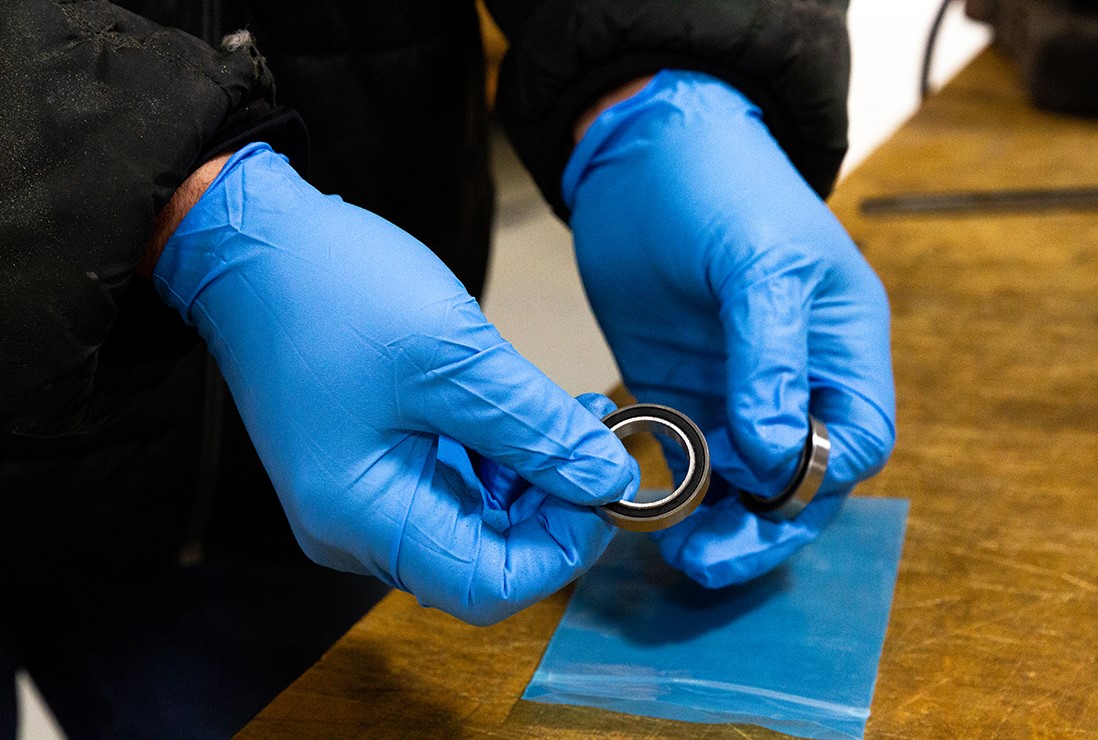Strategies for Effective Rust Prevention in Winter for Metal Parts
This article addresses a crucial aspect of metal parts manufacturing: rust prevention during the winter season. Contrary to common belief, rust and corrosion are not confined to the humid summer months. Winter presents its unique challenges in this regard, making year-round vigilance essential.
Understanding that rust can develop at any time of the year, manufacturers, particularly those operating in climates that see huge swings in temperature this time of year, must adopt proactive measures. Manufacturers transporting metal parts from colder to warmer climates, or from colder climates to warmer climates must also be mindful that these changes in temperature during shipping significantly increases the risk of condensation, a critical component of rust formation.
Condensation occurs when metal parts are exposed to temperature fluctuations exceeding 10 degrees Fahrenheit, such as moving from a warm manufacturing environment to a cold transport vehicle to a warmer destination. This temperature transition can cause moisture to accumulate on the metal surface, creating a foreseeable environment for rust.
To mitigate these risks, we recommend the following best practices:
1. Ensure Cleanliness and Dryness: Check that all metal parts are thoroughly clean and completely dry before packaging. Residual moisture is a major catalyst for rust formation.
2. Room Temperature Packaging: Metal parts should be packaged at room temperature. Avoid packaging parts that are still warm or hot, as this can lead to condensation inside the packaging.
3. Utilize VCI Paper Effectively: Incorporate 2-3 sheets of Volatile Corrosion Inhibitor (VCI) paper evenly distributed throughout the container. This helps in creating a protective environment against rust.
4. Proper Sealing of VCI Bags: When using VCI bags, a good seal is crucial. Folding the top of the bag over flat and securing it with tape effectively prevents new moisture from entering the packaging environment.
5. Guidelines for Unpacking: Instruct your customers to allow the metal parts to acclimate to room temperature before opening the VCI bag. This practice reduces the risk of condensation forming during unpacking.
6. Manage Temperature Transitions: If feasible, allow metal parts to adapt to significant temperature changes gradually. This means transitioning them through a moderately cool area before extreme cold or warmth exposure. This gradual acclimatization can significantly reduce the risk of condensation.
Adhering to these strategies can substantially diminish the likelihood of rust formation on metal parts during winter. It’s a proactive approach emphasizing careful preparation, packaging, and accommodating varying temperatures. By following these guidelines, manufacturers can ensure the longevity and integrity of their metal components, regardless of seasonal changes. Got rust? Don’t lose another part to rust and corrosion. Contact us at 855-466-7878 and speak to one of our rust prevention experts today!